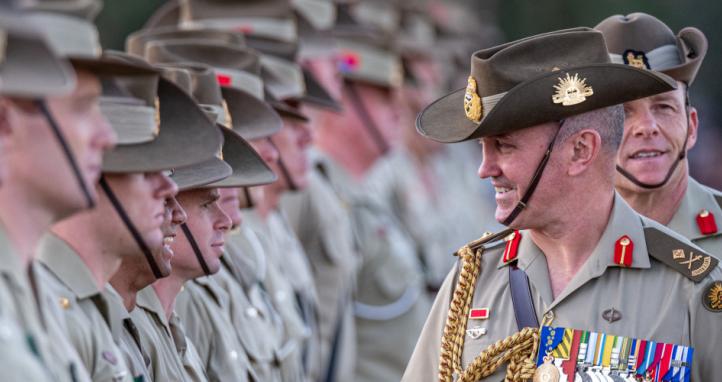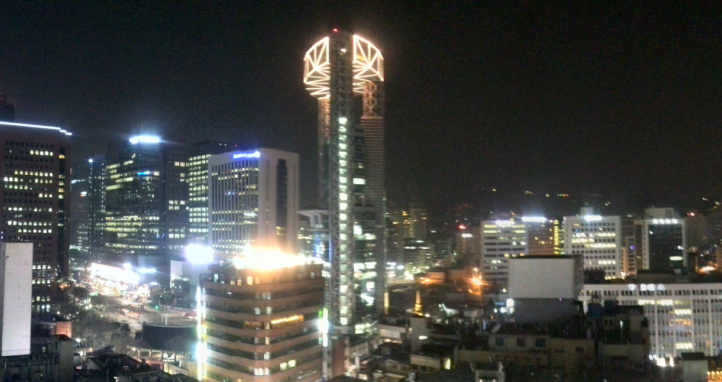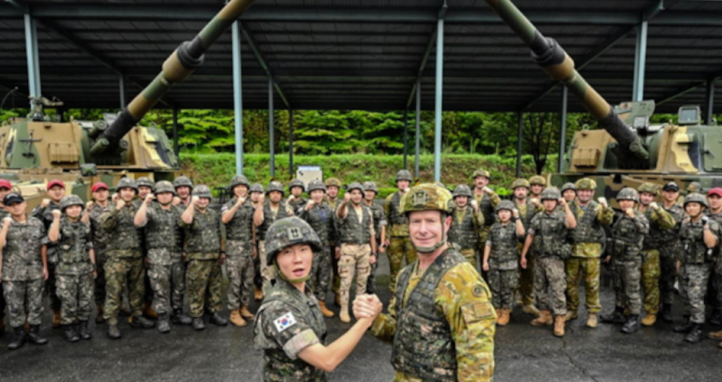Soldiers will work long hours in bad conditions without their morale being adversely affected, provided they know why the hardship is necessary and they are confident that their leaders have a sincere interest in their personal welfare.
– Australian Army, 2002

Working and training under prolonged stress and fatigue are often touted as hallmarks of resilience, and increasingly regarded as the norm in the age of COVID-19.
While some stress is inevitable during times of uncertainty, long term stress can – and often does – cause burnout.
Burnout is a syndrome that results from prolonged stress or “perception of unmet needs and expectations” (Gold and Roth, 1993, p. 45). It creates feelings of disillusion, low self-esteem, frustration, exhaustion, and a sense of hopelessness and depression (Leiter, 2018).
Importantly, the cumulative effects of burnout result in lost or reduced capability and outputs, risk to longevity of force (in stress leave and discharge), and lessened long-term resilience and sustainability through dynamic job roles in ambiguous spaces (Ganster and Schaubroeck, 1991).While there are ways to manage and reduce the impact of burnout personally, as seen by this Smart Soldier article, there are inherent factors within the ADF that continue to foster it, as this article will discuss.
‘You joined Army, Army didn’t join you,’ is often used alongside lines such as, ‘suck it up’. However, rather than creating a culture of ‘embracing the suck’, ADF personnel often harbour both resentment and stress that can build up to set the conditions for burnout and eventual discharge.
A workplace culture of ‘toughen up’ can create attitudes of internalisation which may increase feelings of stress and isolation (Gmelch, 1993; Sarros, 1988). This is a self-perpetuating cycle; creating a more toxic interpersonal environment that can lead to ‘diminished organisational commitment’ as well as increases in workplace and personal problems (Leiter and Maslach, 1988).
According to Maslach and Schaufeli (Densten, 2005), stress arises when individuals are unable to adapt to or cope with work demands, while burnout is the result of prolonged and unsuccessful attempts to meet work demands. It can result from ‘unmet needs and unfulfilled expectations, and therefore are unable to derive a sense of significance from their work’ (Densten, 2005).
Therefore, while a level of stress is necessary to foster change and build resilience to operating under prolonged adverse conditions, there remains a limit to what should and shouldn’t be regarded as ‘hard stuff’. As Professor Michael Leiter (2018) noted in an article for the Australian Psychological Society: ‘improving resilience is helpful but not sufficient to address factors that are integral to aggravating and sustaining burnout.’ Where there is capacity to alleviate stress and reduce workplace burden, leaders have a responsibility to act.
In career paths with ‘professional mystique’, where there is an established identity or stereotype surrounding ‘beliefs, expectations or opinions’ that must be followed (such as doctors save lives) there is a higher instance of burnout. Imagery that is reinforced through culture or media can increase career dissatisfaction in creating a disconnect between idealisation and reality (Schaufeli and Enzmann, 1998; Cherniss, 1980).
Given recruitment is based broadly on mediums such as pop culture and advertising, selling the dream of ‘glory’ and achievement within the ADF can create a perception disconnect between job role and the day to day ‘grind’; creating a sensation of missed opportunities and career dissatisfaction.
Advertising sells ‘dream career lifestyles’ that often create a disconnect between ideals and reality. (Not available on DPN)
Leadership must then step in to manage expectations while seeking to retain motivation for individuals pursuing the mystique. As such, when leadership is lacking, the compounding effects of stress inherent within Defence (both culturally and operationally), can introduce rampant and ongoing burnout that ultimately degrades long and short-term capability.
Leadership styles based around ‘starting with why’ and in inspiring followership were more effective in reducing emotional exhaustion (psychological strain), which is the main cause of burnout (Daft and Weick, 1984; Thomas, Clark and Gioia, 1993). When workers can identify with an image (whether a sense of self, an idea of a successful person such as a mentor, or within the ADF more broadly), there was a positive effect on ‘personal accomplishment (self) and reduced depersonalization’ that helped lower the burden of burnout (Densten, 2005).
Therefore, while Simon Synek’s Start with Why (2011) continues to hold true, the culture of the ADF often fails to align with motivational or image-based styles of leadership in favour of promoting ‘hard work’ and ‘doing what no one else will’ as the ideal. While this makes sense for a warfighting institution in promoting resilience to adversity, it comes as a double-edged sword for the long-term impacts of stress and burnout.
Leading from purpose (based on visioning behaviours) develops an awareness among individuals of desired end states by focusing on recognition and achievement, rather than self-interest needs such as security. By providing individuals with meaningful objectives, leaders can create a ‘buffer against distress’ and burnout (Frankl, 1985; Pines and Aronson, 1988). This is seen in the ADF as linking tasks to saving the team, leading peers, or in achieving mission success; rather than demanding tasks be completed as ‘this is what you signed up for’ (Bycio, Hackett and Allen, 1995).
Leaders who are adept at creating meaning and direction can inspire high standards and create a strong culture of shared identity that ultimately reduces the burden of stress (Pines, 1993). In this way, where burnout undermines performance and capability, leaders have a responsibility to not only provide direction but also care – building long-term workforce resilience adept at handling adversity.
While stress is an inevitable consequence of living in a hyper-connected world in the age of a pandemic, it must be managed away from burnout if Defence is to retain its edge. Ultimately, it is no longer about who joined who, but whether they were able to stay.




